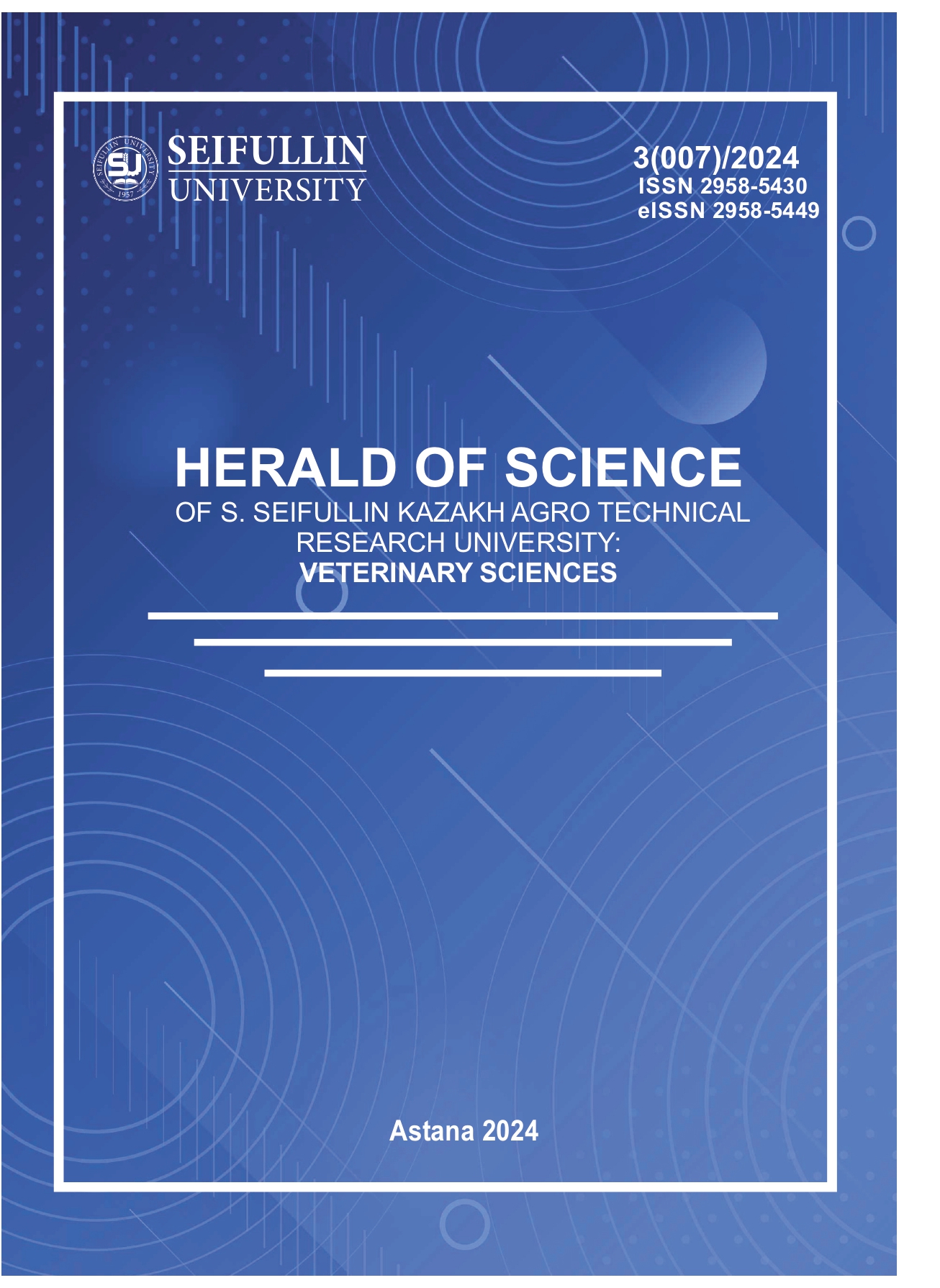Occurrence of larval anisakid in imported mackerel (Scomber scombrus) in Astana fish markets
##plugins.pubIds.doi.readerDisplayName##:
https://doi.org/10.51452/kazatuvc.2024.3(007).1740Ключевые слова:
Anisakis larvae; fish market; mackerel; human anisakiasis; molecular method.Аннотация
Background and Aim: This study aimed to investigate the presence of Anisakis larvae in mackerel fish sold in Astana markets, focusing on specimens imported from Norway and Iceland. The high prevalence of A. simplex (s.s.) larvae in the examined mackerel indicates the significance of this fish as a potential source of human anisakiasis.
Materials and Methods. Morphological analyses were deemed insufficient for accurate identification of Anisakis larval species, highlighting the necessity for more advanced molecular tools. Through partial sequencing of the 5.8S gene, the isolated Anisakis larvae from Norwegian Sea mackerel and Atlantic mackerel were classified as A. simplex (s.s.), demonstrating the efficacy of molecular methods in distinguishing closely related species.
Results. A high prevalence of A. simplex (s.s.) larvae was observed in 47 out of 50 examined mackerel, indicating the significance of this fish as a potential source of human anisakiasis.
Conclusion. These findings significantly contribute to understanding Anisakis larvae in fish within Kazakhstan and are pertinent to public health. The study underscores the importance of moleculargenomic analysis in this field and emphasizes the potential risks associated with inadequate expertise. Importantly, the study calls for further research on the genetic variability and infection rates of these parasites to monitor the status of A. simplex in Kazakhstan.

